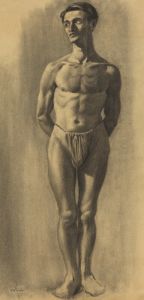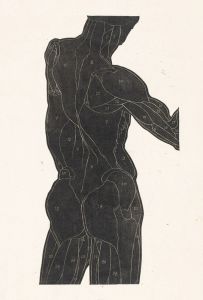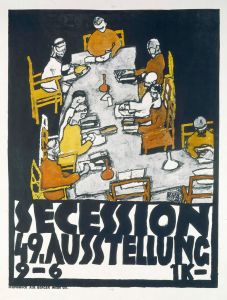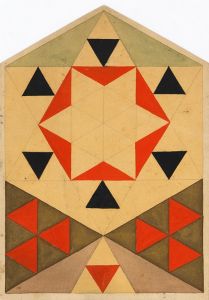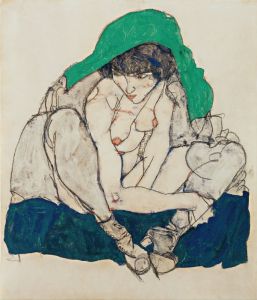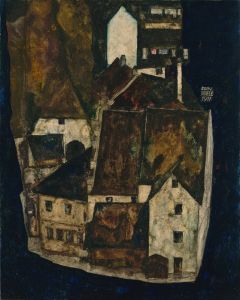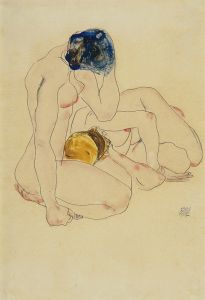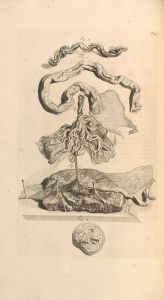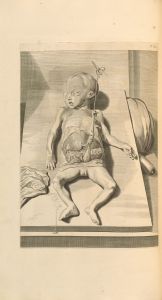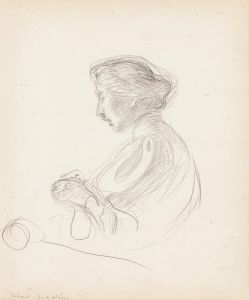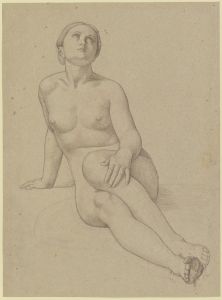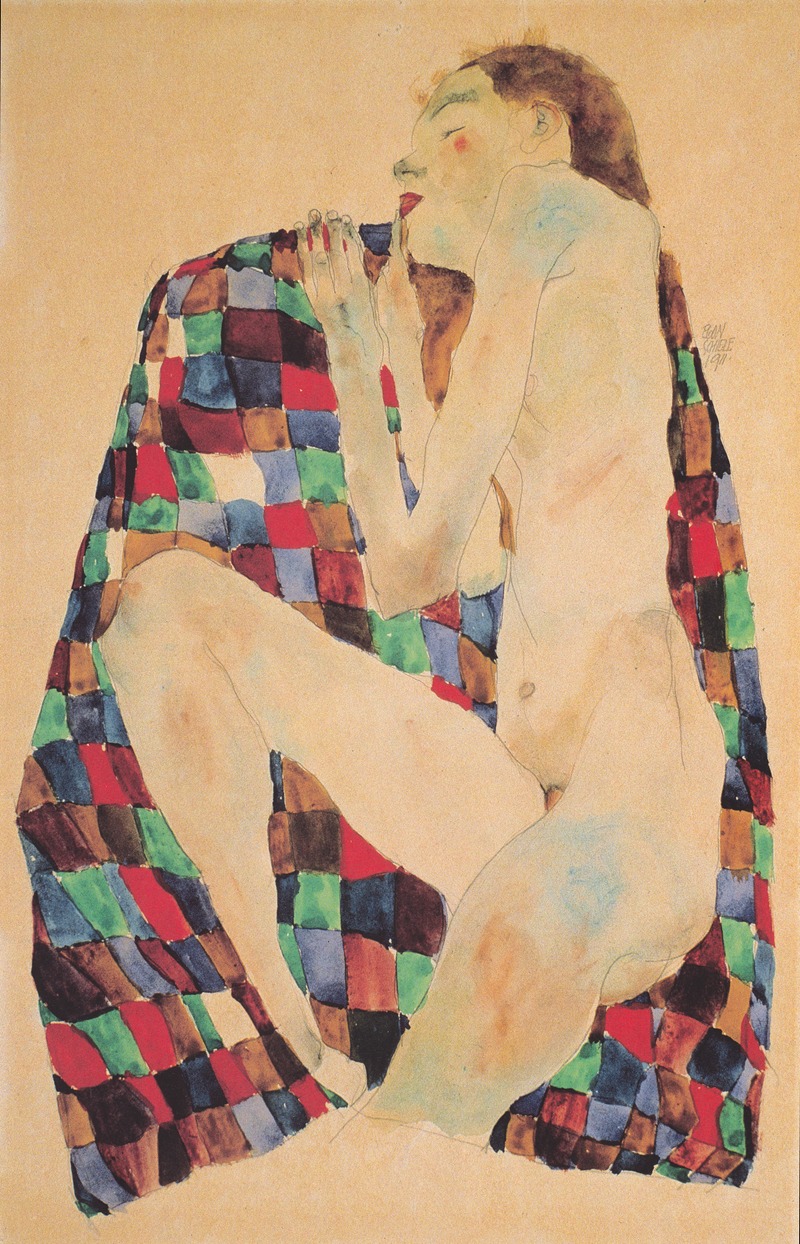
Weiblicher Akt auf kariertem Tuchl
A hand-painted replica of Egon Schiele’s masterpiece Weiblicher Akt auf kariertem Tuchl, meticulously crafted by professional artists to capture the true essence of the original. Each piece is created with museum-quality canvas and rare mineral pigments, carefully painted by experienced artists with delicate brushstrokes and rich, layered colors to perfectly recreate the texture of the original artwork. Unlike machine-printed reproductions, this hand-painted version brings the painting to life, infused with the artist’s emotions and skill in every stroke. Whether for personal collection or home decoration, it instantly elevates the artistic atmosphere of any space.
Egon Schiele, an Austrian painter known for his distinctive and often provocative style, created the artwork "Weiblicher Akt auf kariertem Tuch" (Female Nude on Checkered Cloth) in 1917. Schiele was a protégé of Gustav Klimt and a major figurative painter of the early 20th century. His work is noted for its intensity and raw sexuality, and he is considered one of the leading figures of Austrian Expressionism.
"Weiblicher Akt auf kariertem Tuch" is a striking example of Schiele's exploration of the human form and his ability to convey emotion and vulnerability through his subjects. The painting features a female nude reclining on a checkered cloth, a motif that Schiele used in several of his works. The checkered pattern serves as a stark contrast to the softness of the human body, highlighting the tension between the figure and her surroundings.
Schiele's use of line and color in this piece is characteristic of his style. He employs bold, expressive lines to define the contours of the body, creating a sense of movement and dynamism. The color palette is relatively subdued, with earthy tones that emphasize the naturalism of the figure while also lending the work a somber, introspective quality.
The subject of the painting, like many of Schiele's nudes, is depicted in a manner that is both intimate and confrontational. Schiele often portrayed his models in unconventional poses, challenging traditional notions of beauty and propriety. This approach is evident in "Weiblicher Akt auf kariertem Tuch," where the model's pose and direct gaze engage the viewer in a dialogue about the nature of the human body and the complexities of identity and self-perception.
Schiele's work was often controversial during his lifetime, and he faced criticism for what some perceived as the erotic nature of his art. However, his ability to capture the essence of his subjects and his innovative approach to composition and form have earned him a lasting place in the history of art. His paintings, including "Weiblicher Akt auf kariertem Tuch," continue to be celebrated for their emotional depth and technical mastery.
The painting was created during a tumultuous period in Schiele's life. In 1917, the world was engulfed in the chaos of World War I, and Schiele himself was experiencing personal and professional challenges. Despite these difficulties, he produced some of his most compelling work during this time, demonstrating his resilience and dedication to his craft.
"Weiblicher Akt auf kariertem Tuch" is housed in a private collection, and like many of Schiele's works, it is highly sought after by collectors and museums alike. The painting exemplifies Schiele's unique vision and his ability to push the boundaries of traditional art, making it a significant piece in the study of early 20th-century European painting.
Egon Schiele's legacy as a pioneering artist continues to influence contemporary art, and his works are regularly exhibited in major galleries and museums around the world. "Weiblicher Akt auf kariertem Tuch" remains an important part of his oeuvre, offering insight into his artistic process and the themes that preoccupied him throughout his career.





